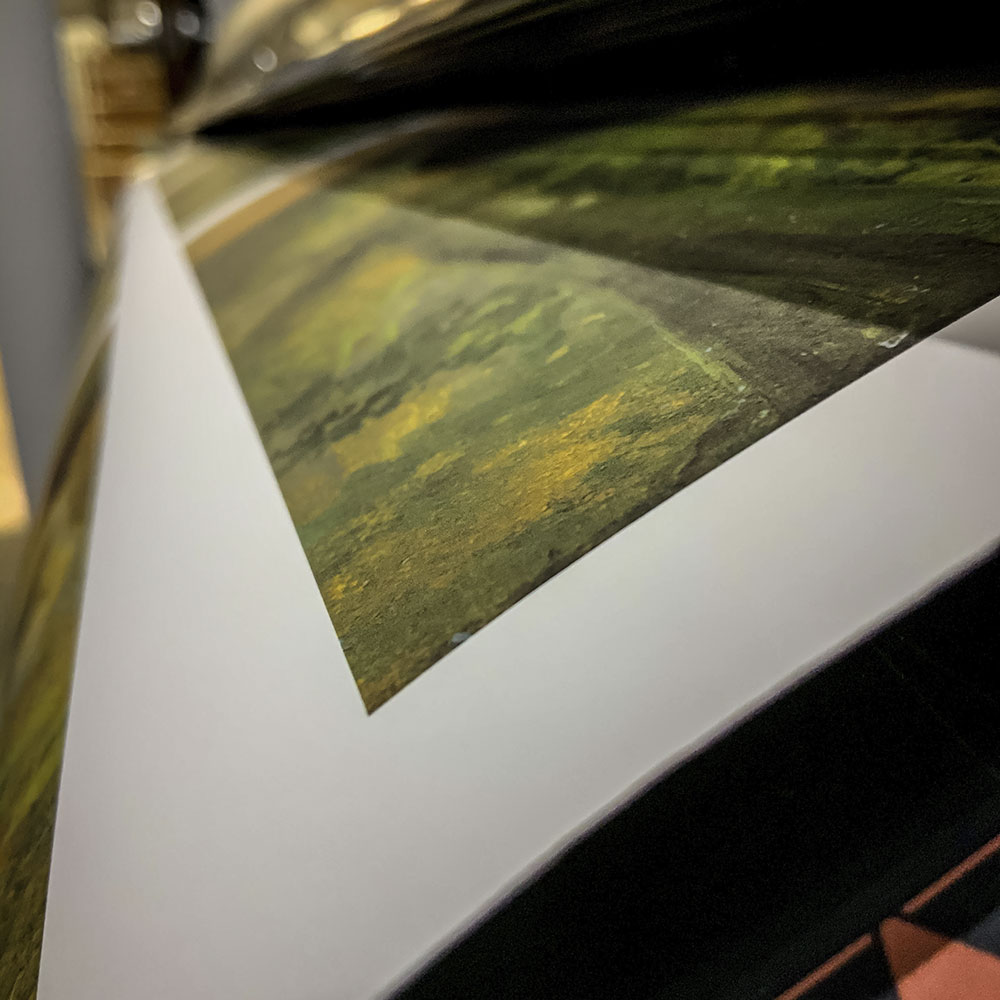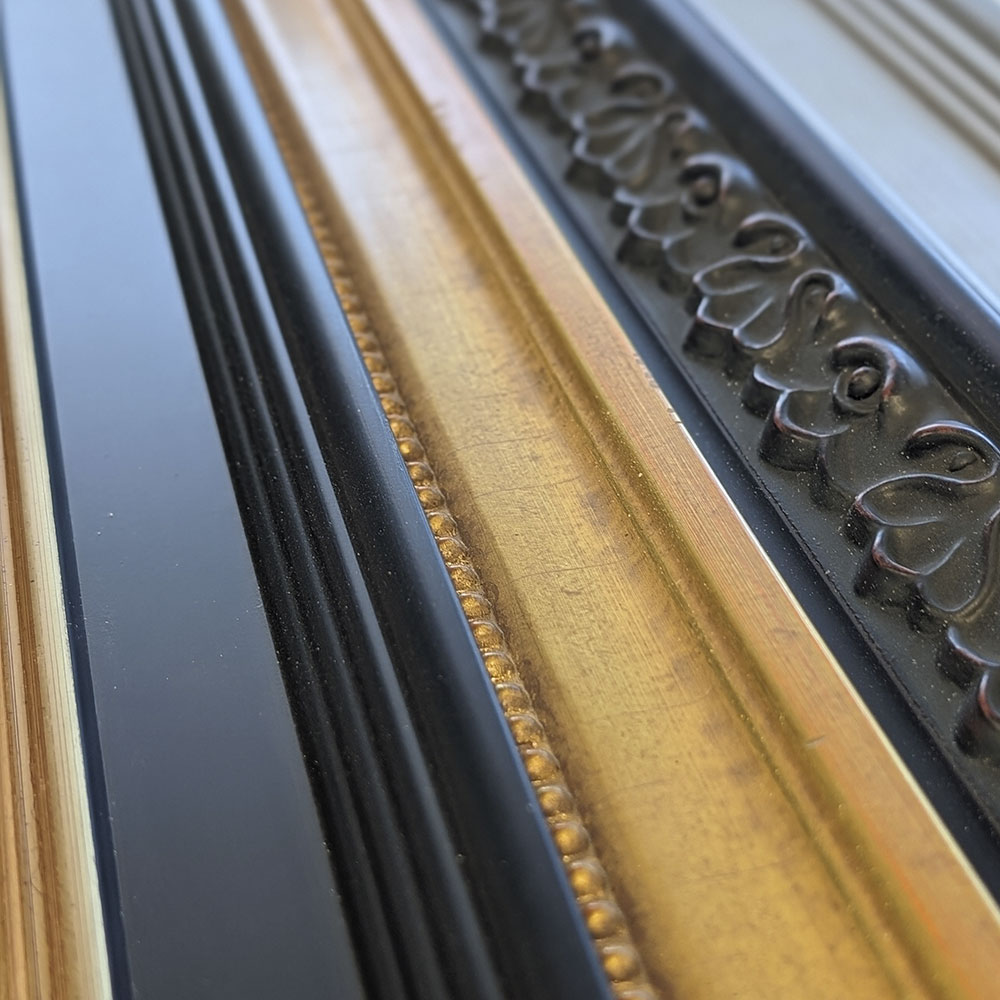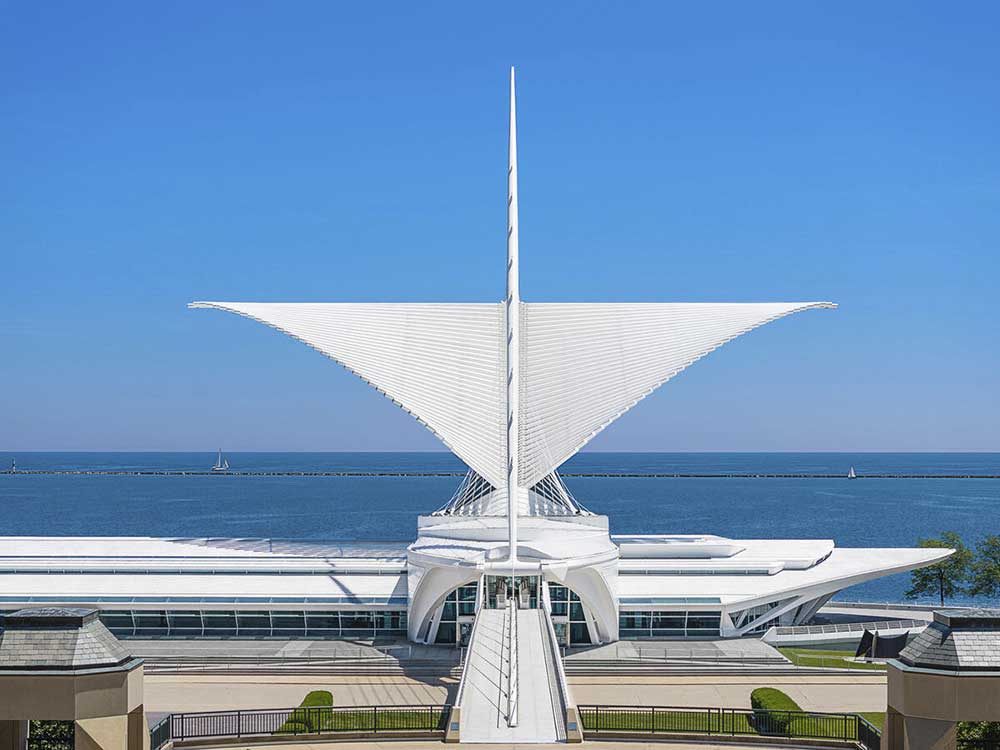Richard Diebenkorn (American, 1922–1993), Ocean Park No. 16, 1968. Oil on canvas, 93 × 76 in. (236.22 × 193.04 cm). Milwaukee Art Museum, Gift of Jane Bradley Pettit. M1974.218. Photo: Cleber Bonato. © 2025 Richard Diebenkorn Foundation / Artists Rights Society (ARS), New York.
The painter Richard Diebenkorn was an individualist whose California studio was far removed from the New York art world that dominated American modern art after World War II. His geographic separation, combined with his reluctance to align himself with any dogma or artistic movement, afforded him the freedom of self-discovery. By the mid-1950s, he had abandoned Abstract Expressionism in favor of a reductive figural style. He returned to abstraction in 1967, the same year he moved his home and studio to a section of Santa Monica called Ocean Park. There he began the Ocean Park series of large-scale, numbered color abstractions that spans three decades. The artist's coastal surroundings are reflected in the blues, greens, grays, and earth tones that dominate this series.
In each of the oversized paintings in the Ocean Park series, Diebenkorn played with predominantly horizontal and vertical planes of atmospheric color to achieve the illusion of depth. His geometrically structured compositions emerge from the canvas, the result of trial and error. Diebenkorn explained, "I begin the picture and wait for it to talk back to me." His process, including drawing, overpainting, scraping, erasures, and wash, is left exposed and becomes an integral part of the finished work. This is particularly true of Ocean Park #16, with its translucent, sketch like surface that seems to float upon an entirely different painting. The red, pink, and blue "X" in the upper right quadrant is an atypical form in the Ocean Park series. In this painting it functions as a scaffolding that unites the strong vertical elements of the composition.
Excerpt from Building A Masterpiece: Milwaukee Art Museum. New York: Hudson Hill Press, 2001, P. 155



